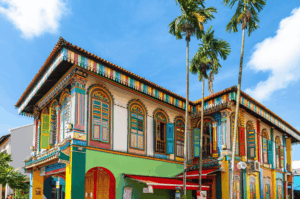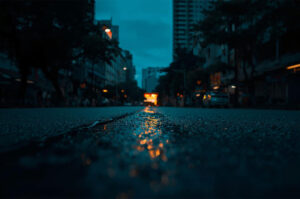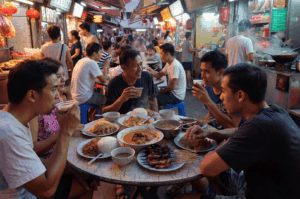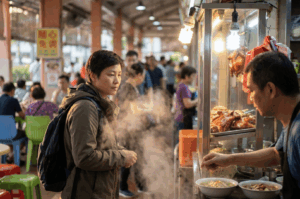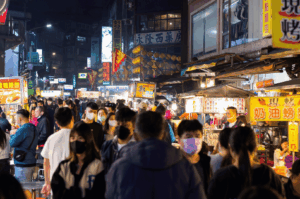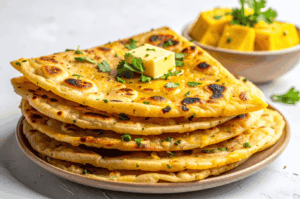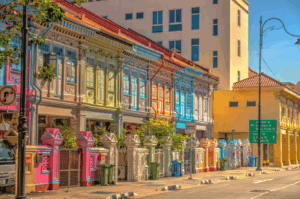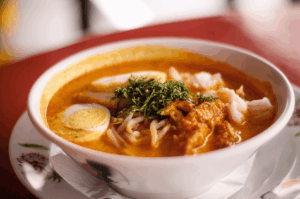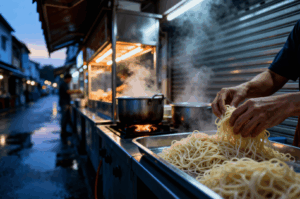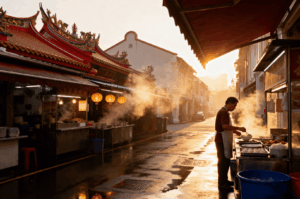Picture a bowl of fiery laksa, its surface shimmering with a glossy glow as aromatic steam curls into the air. For food photographers, that sense of warmth and shine is a magical moment to capture—a true collision of culinary craft and creative technique.
Let’s dive into the world where natural light—a free and abundant resource—helps you showcase dishes like laksa with beautiful images that engage viewers. This guide will show you how to master golden hour photography and make every noodle shine.
What is Golden Hour Food Photography?
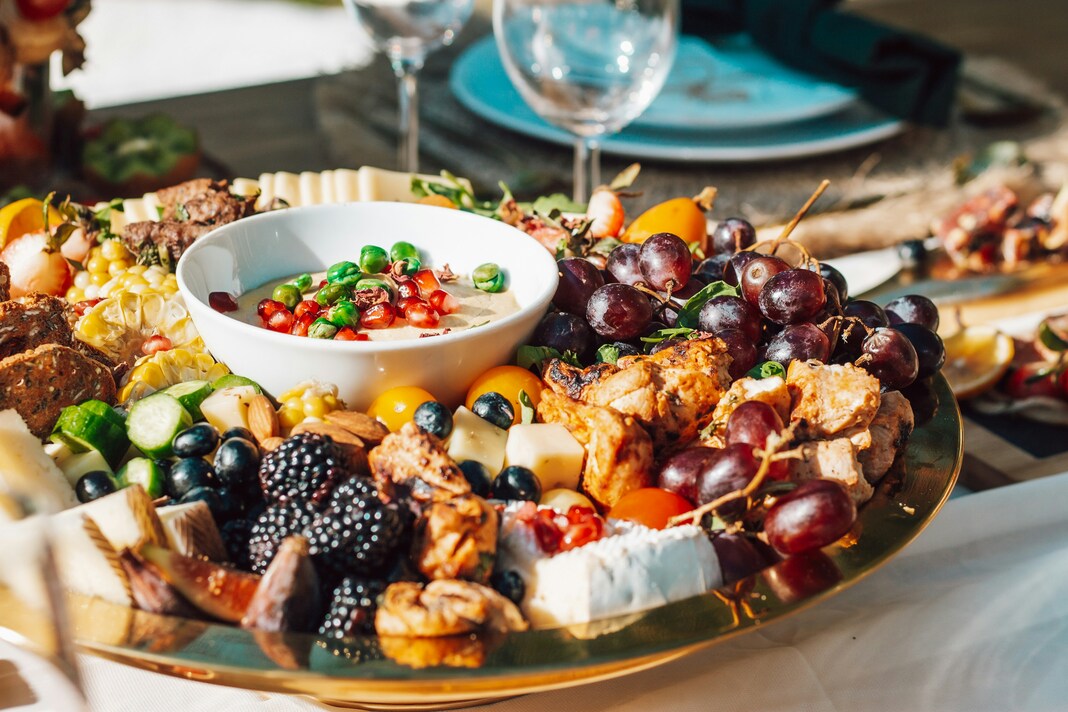
The golden hour is that much-hyped span just after sunrise and right before sunset, when sunlight is soft, warm, and low in the sky. This is often considered the best light for photography, as it enhances the visual appeal of your images. Unlike midday’s harsh sunlight, golden hour light travels through more of the atmosphere, diffusing and warming as it goes.
Why does this matter for food? Bright, overhead sunlight creates problematic glares and deep shadows, making food look stark and lifeless.
The quality of light during golden hour has a huge impact on how your food photos turn out, often making them look more appetizing and professional.
Camera Settings for Capturing Glistening Noodles
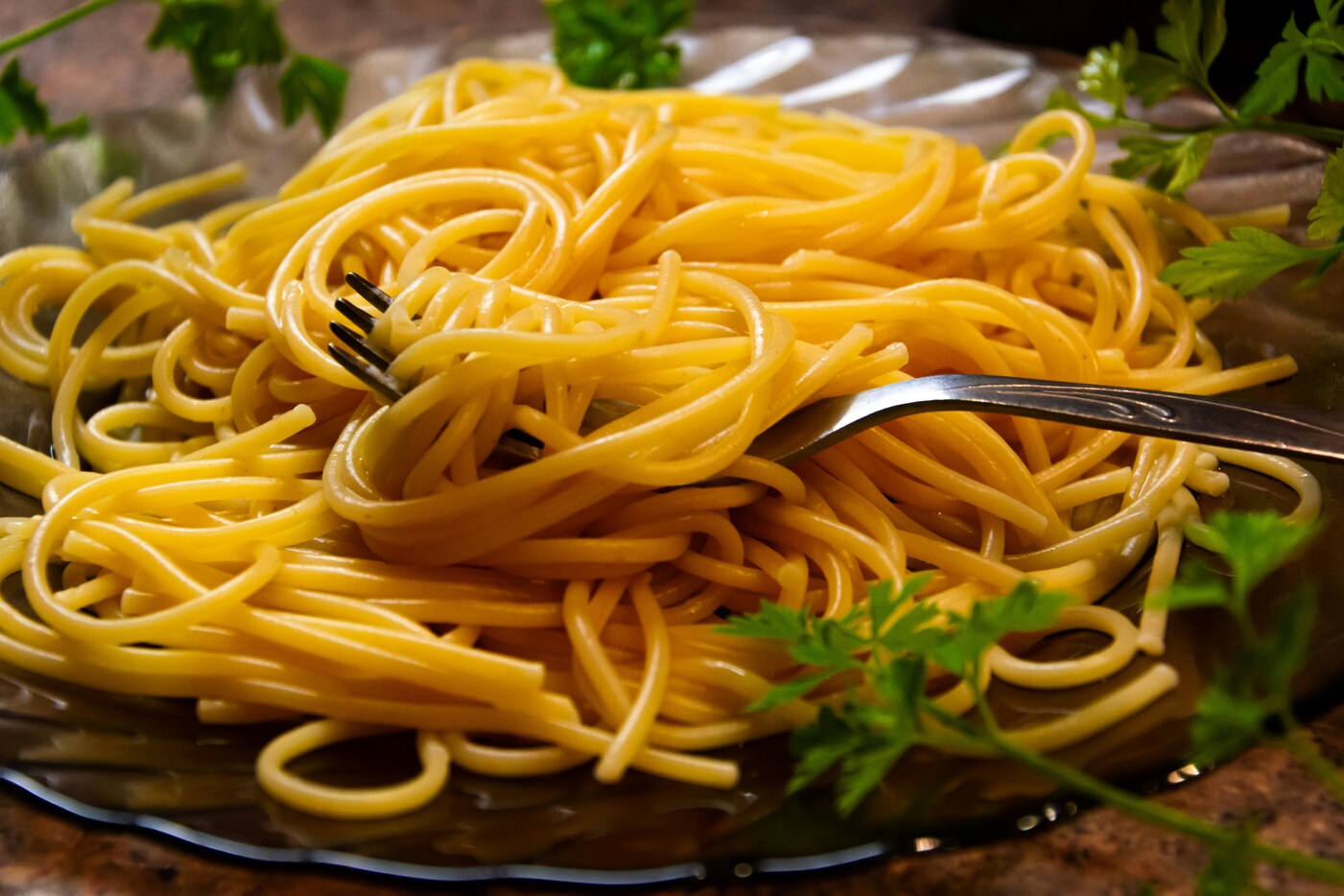
Yes, natural light is magical, but your settings matter just as much. Having access to manual camera settings or dedicated camera apps can significantly improve your food photography results. Here’s how to get the technical side right, from DSLR to smartphone:
Aperture (f-stop)
A wide aperture (low f-number, like f/2.8 to f/5.6) creates a shallow depth of field, blurring your background and spotlighting the warmth and gloss of your laksa. Using a wide aperture can also help emphasize different heights in the dish, making the composition more dynamic by drawing attention to elements at varying levels.
ISO
ISO affects how sensitive your camera is to light. For crisp, clean images, keep ISO as low as you can (100–200) to avoid grain. Because golden hour is naturally dimmer than midday, it’s tempting to boost ISO—but consider using a tripod and dropping shutter speed instead. No tripod? Try to keep ISO under 800 for minimal noise, especially if shooting on a smartphone or entry-level camera.
Shutter Speed
Since your meal isn’t running off the table, you have wiggle room with shutter speed. Tripods allow for slower shutter speeds (1/60s or even 1/30s), letting more light hit your sensor while preventing blur. Handheld shots should stick to 1/125s or faster. Use the reciprocal rule: for a 50mm lens, aim for 1/50s or greater, adjusting as needed.
Positioning: Finding the Perfect Angle for Soft Light Reflection
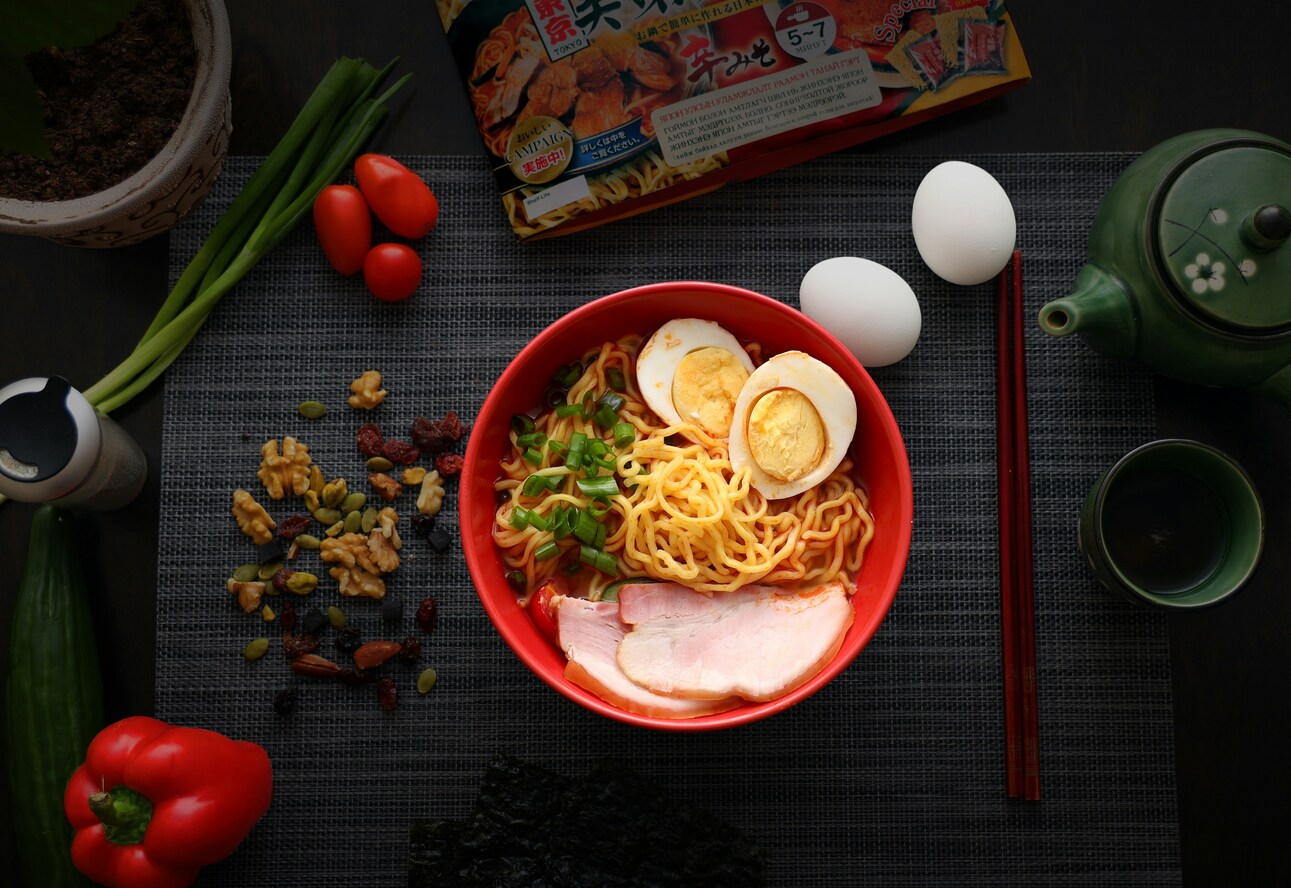
The setting of your props and light source plays a crucial role in determining the final image. How you position your subject with respect to the light source is the difference between a dull shot and an irresistible one. Also, consider the space you have available. Here’s how to play with angles:
- Backlighting: Position your laksa so the window or sun is behind it. This is perfect for noodle photography, as the light shines through the broth and noodles, making them glow from within. Use a large piece of white reflector, such as foam core or a white board, in front of the bowl to bounce soft light into the shadows. For stability, place the reflector on a stand to keep it steady during your shoot.
- Side-lighting: Place light on either the left or right of the dish. This versatile setup highlights textures, especially on the noodles and any glossy garnishes like prawns or tofu. Adjusting the angle of the light can shape the look and feel of the food, emphasizing depth and detail.
- 45-Degree Angle: This “in-between” setup gives a blend of shadow and highlight. It’s often the easiest to start with—attractive, natural, and flexible for changing props.
Beginner-Friendly Setup Guide
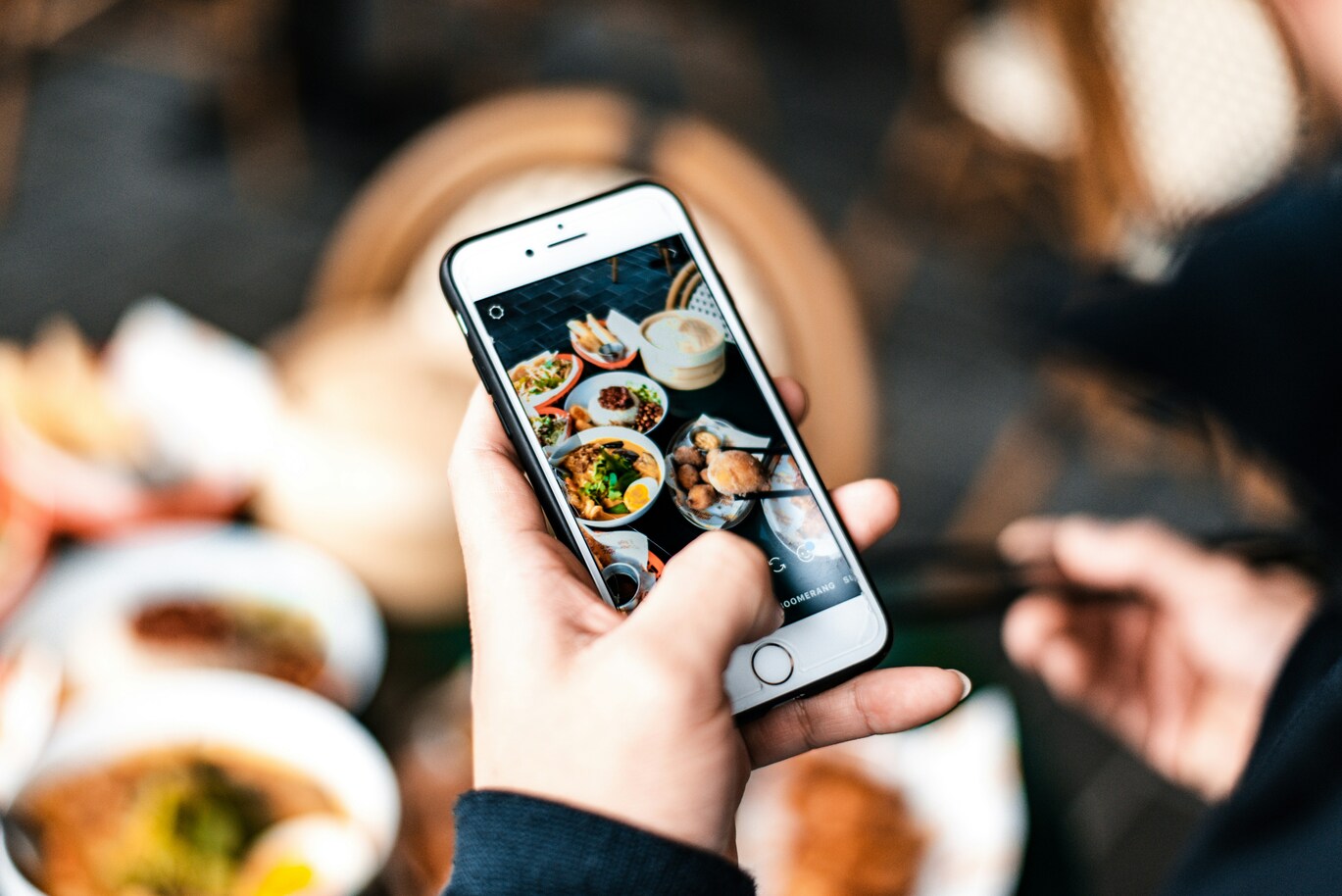
You don’t need a studio or bags of gear for delicious-looking natural light food photos. Here’s a simple way to set up at home:
- Find Soft, Indirect Light: A big window or open doorway is your best friend. Bright, direct sun? Hang a thin white curtain or sheet for instant diffusion.
- Choose a Background: Rustic wood, textured linen, slate, colored boards—all can change the feeling of your shot. Aim for backgrounds that flatter the warm tones of laksa.
- Arrange the Dish: Place your bowl near the window (6–24 inches away is usually a sweet spot). Try side-lighting first; it’s forgiving and reveals glistening shine beautifully.
- Bounce Light with a Reflector: Place a piece of white foam core or cardboard opposite the window. See how the shadows fill in? That’s your homemade studio magic.
- Tame Harsh Light: Even late-day sun can be too strong. Diffuse it with a soft fabric to avoid harsh reflections on the broth’s surface.
- Shoot Tethered (if possible): Connect your camera to a laptop or tablet for live-view feedback. You’ll spot flaws or distractions more easily than on a tiny screen.
Artificial Lighting Options for Food Photos
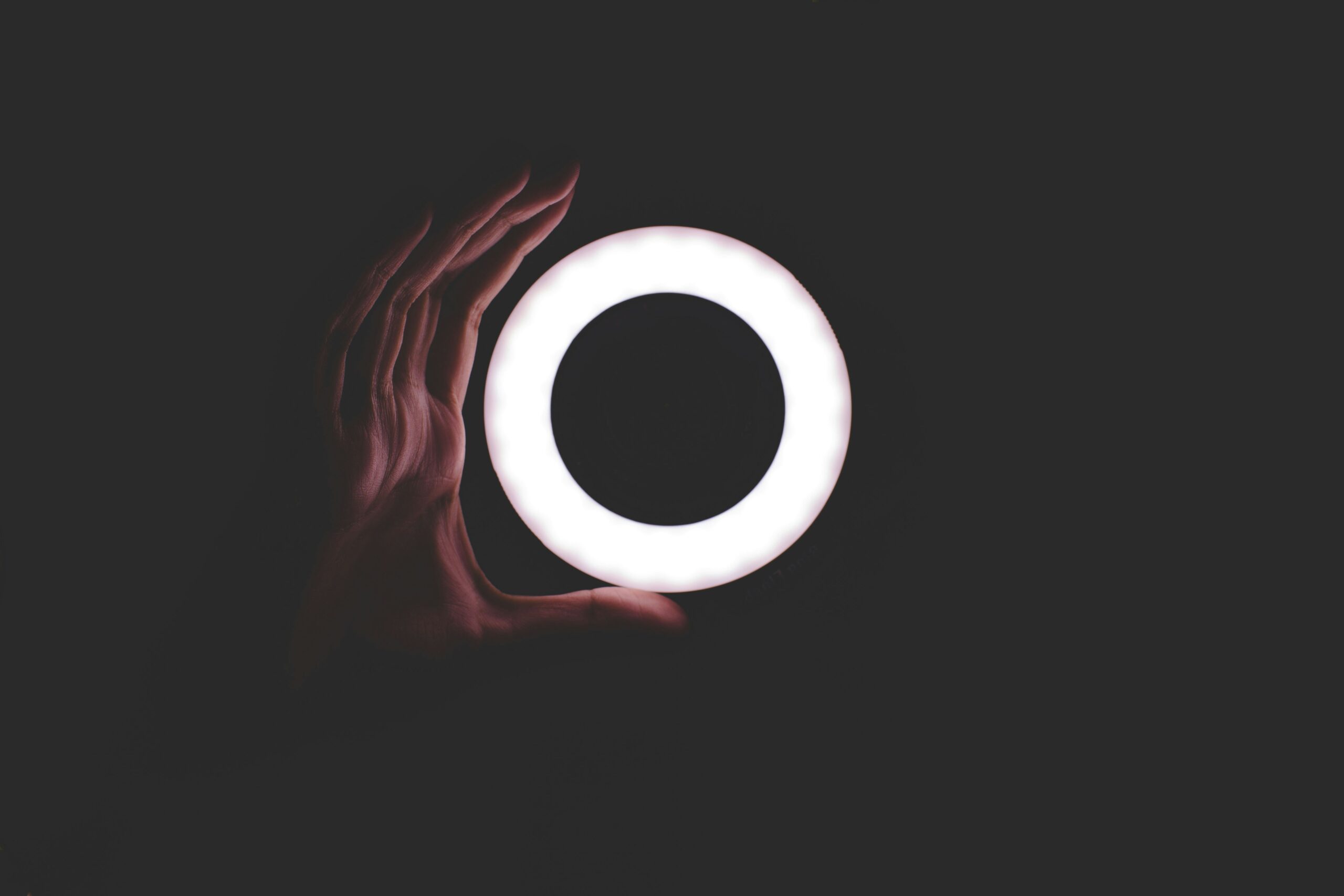
While natural light is often the go-to for food photographers, there are times when the sun just doesn’t cooperate—think cloudy days, nighttime shoots, or windowless kitchens. That’s where artificial lighting steps in, giving you total control over your lighting situation. You can adjust the intensity, direction, and color of the light to suit your dish, ensuring every bowl of noodles or plate of pasta looks its best. This level of control is especially valuable for professional food photography, where consistency across multiple shots or recipes is essential.
Advanced Techniques for Professional Food Shots
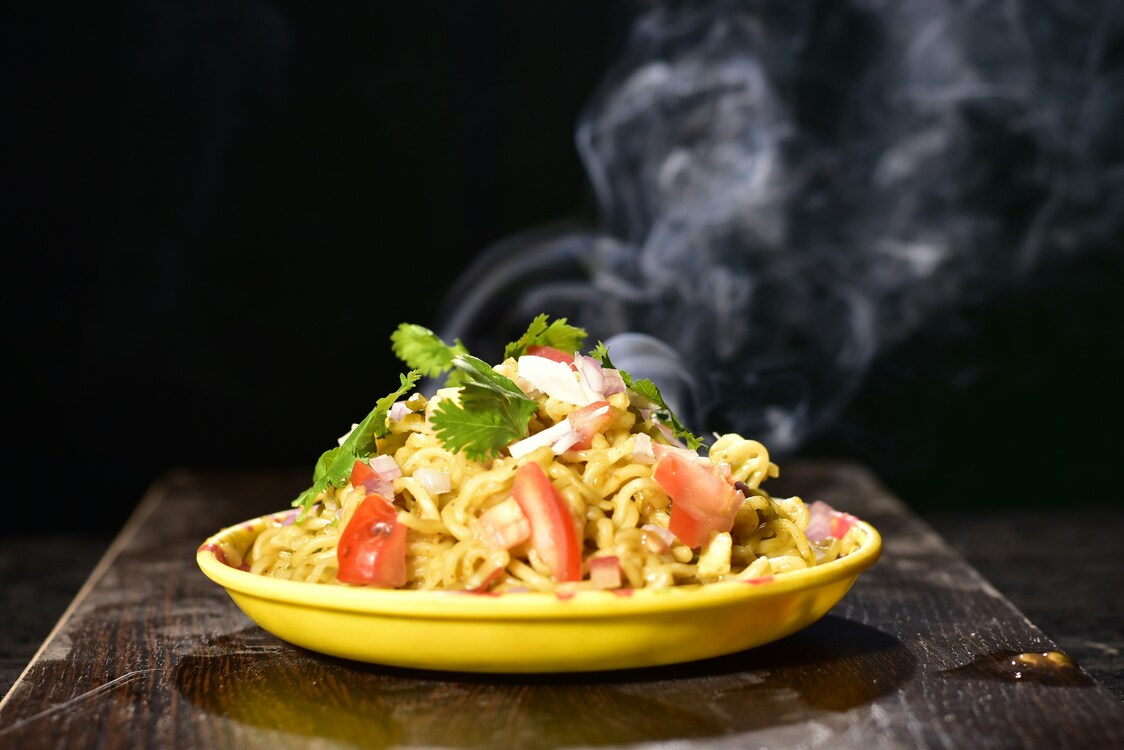
Advanced techniques can help you highlight intricate details and create a specific mood in your images. Here are techniques the pros use for showstopping shots:
- Negative Fill: Place black foam core or cloth on one side of your dish to soak up light, deepening shadows for drama and depth.
- The “Garnish Drop”: Add motion by photographing a sprinkle of herbs, a squeeze of lime, or a splash of chili oil falling into the bowl. Use a fast shutter speed (1/500s+) and burst mode to freeze the movement.
- Create Steam: Hot laksa cools fast, but a hidden cotton ball soaked in microwaved water or a discreet handheld steamer behind the bowl makes steam last for several shots.
- Oil or Water Brush: Add a dab of neutral oil (like canola) or a light spritz of water to the noodles or toppings before shooting.
- Composition and Scene: When arranging your shot, consider how the elements in the scene—such as varying heights, textures, and lighting—can guide the viewer’s eye and tell a more engaging visual story.
- Tip for Drinks: These techniques also work wonders when photographing drinks. For example, capture the glisten of a cocktail during golden hour to highlight details and set the perfect mood.
Quick Post-Processing Tips for Light Manipulation
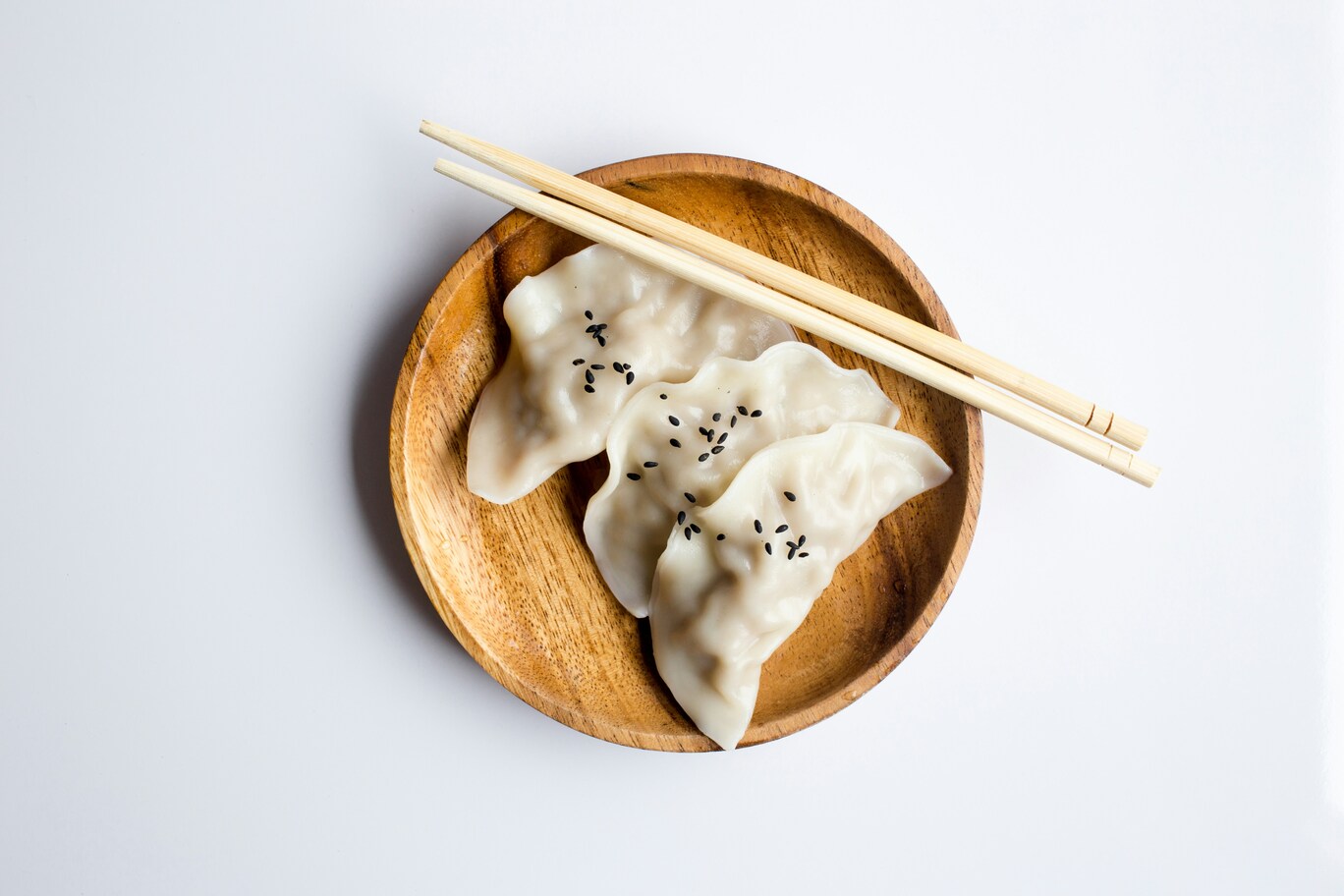
Even the best-lit photos benefit from a thoughtful edit. Having access to editing software, including free tools, can help enhance your food photos after shooting. Here’s how to finish your shot without crossing into “over-processed” territory:
- Adjust Exposure & Contrast: Use your editing app to brighten the image and add contrast as needed, bringing out the laksa’s bold colors.
- Vibrance vs. Saturation: Use the vibrance slider to make the reds, oranges, and greens pop without making the dish look unnatural.
- Dodge & Burn: Locally brighten (dodge) the highlights on the noodles and surface of the broth, and darken (burn) dull or distracting background areas.
- Clarity and Texture (in Moderation): Enhance the texture of noodles or tofu with targeted clarity, but avoid applying globally; too much sharpness can look gritty.
Pro editors usually work in layers, creating subtle adjustments that keep the dish looking real and delicious.
Applying These Techniques to Other Dishes
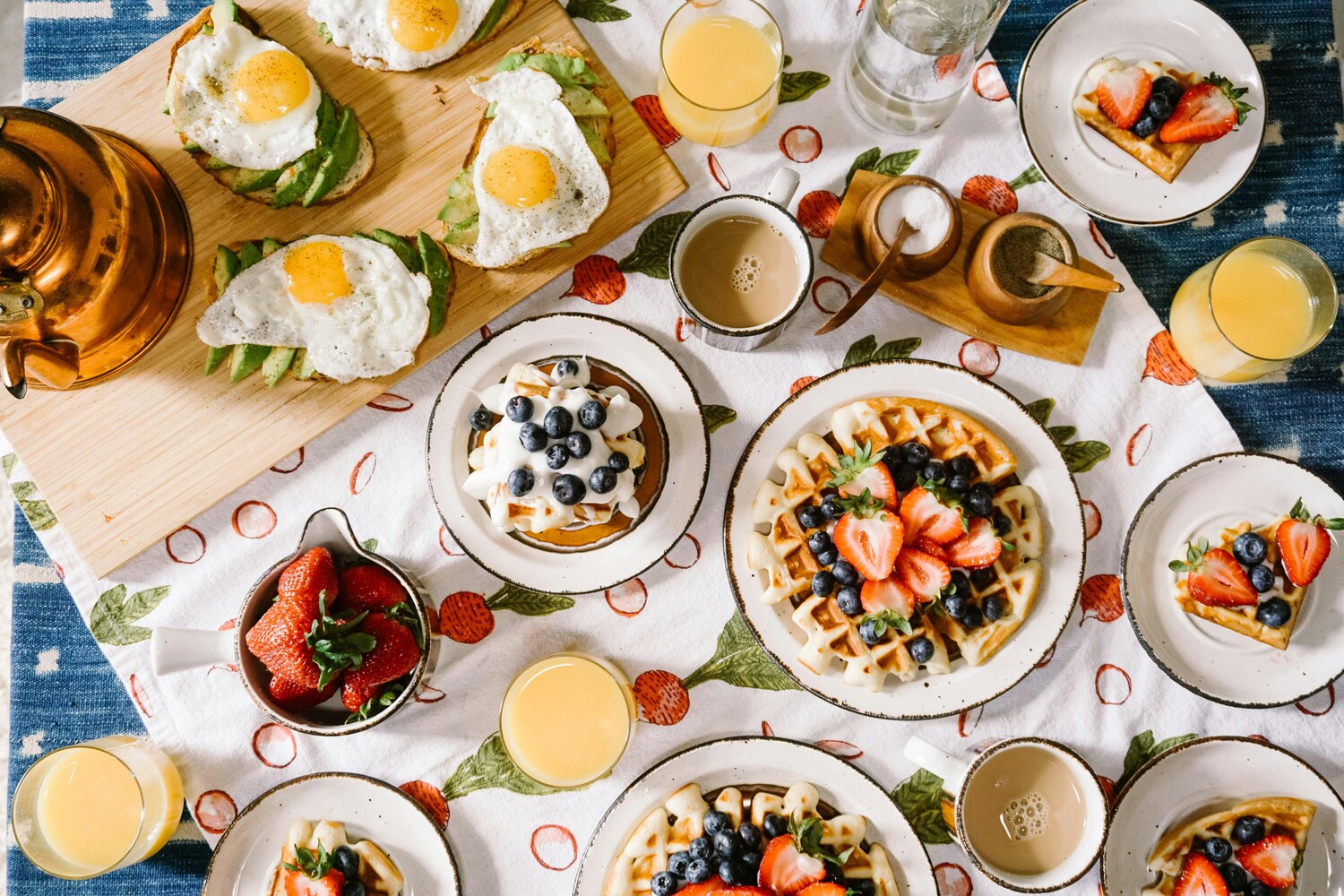
Once you’ve mastered golden hour photography with laksa, you’ll have a powerful toolkit for shooting all sorts of glossy, textured foods—ramen, pho, saucy pastas, even dessert soups. The keys? Directional, soft light; mindful camera settings; and food styling that spotlights rather than overshadows the food’s character.
Light is the universal ingredient. Whether you’re after punchy, high-contrast ramen or creamy, glowing laksa, observe how golden hour shapes color and shine.
Pay attention to how you arrange the scene—varying heights, textures, and lighting can enhance the visual appeal and guide the viewer’s eye. Play with reflectors, tweak your angles, and practice food styling techniques that respect the dish’s origins and authenticity.
Spice Affair: Singapore Foodies’ Guide to Little India
December 12, 2025
The moment you step onto Serangoon Road, the world changes. The air grows thick with the heady perfume of jasmine garlands, sweet incense, and a complex blend of toasted spices that seems to emanate from…
The Morning Ritual: Street Food Hawkers Before Dawn
December 8, 2025
The world is dark, cloaked in a tranquil stillness that precedes the sunrise. A deep blue hue hangs over Singapore, and the only sounds are the distant hum of a lone vehicle or the gentle…
Midnight Confessions: The Secret Language of Supper in Food Images
December 5, 2025
The city exhales. Its daytime hustle recedes into a quiet hum, replaced by a different kind of pulse. On street corners bathed in the lonely glow of a single lamp post, a new world awakens….
Bespoke Tasting Tour: Michelin Street Food in Singapore
December 1, 2025
Imagine a culinary journey tailored just for you, a path that winds through the heart of a city’s most celebrated flavors, with every stop a new delight for both your palate and your camera lens….
Night Market Seduction: Low-Light Techniques for Food Photographer
November 28, 2025
The sun dips below the horizon, and a different kind of energy begins to hum. Lanterns flicker to life, steam billows into the cool night air, and the chaotic, beautiful symphony of a night market…
Best Street Food in Singapore: Roti Prata’s Sensual Stretch
November 24, 2025
The air in the coffee shop is thick with the scent of brewed coffee and the low hum of morning conversation. But all eyes are drawn to one spot, a brightly lit stage of stainless…
Katong: The Peranakan Pleasure Principle of Street Foods
November 21, 2025
Stroll through the streets of Katong, and you’ll feel a palpable shift in the air. The sleek modernity of Singapore’s city center gives way to a charming streetscape of colorful, ornate shophouses and a slower,…
The Laksa Queen’s Secret to Good Street Food in Singapore
November 17, 2025
In the maze-like corridors of Singapore’s hawker centres, where hundreds of vendors vie for attention, true legends are not made overnight. They are forged in decades of heat, steam, and unwavering dedication. One such legend…
Morning Rituals: Singapore Street and Food Awakens
November 14, 2025
The world is still cloaked in a deep, inky blue, but Singapore is far from asleep. A quiet energy hums beneath the surface, a city stirring not with the roar of traffic, but with the…
Singapore Chinatown Food Photography: A Photographer’s Guide to Chinese Culinary Heritage
November 10, 2025
The first light of dawn spills over the ornate rooftops of Singapore’s Chinatown, painting the streets in soft, golden hues. This is my favorite time to be here, camera in hand. Before the crowds descend,…

